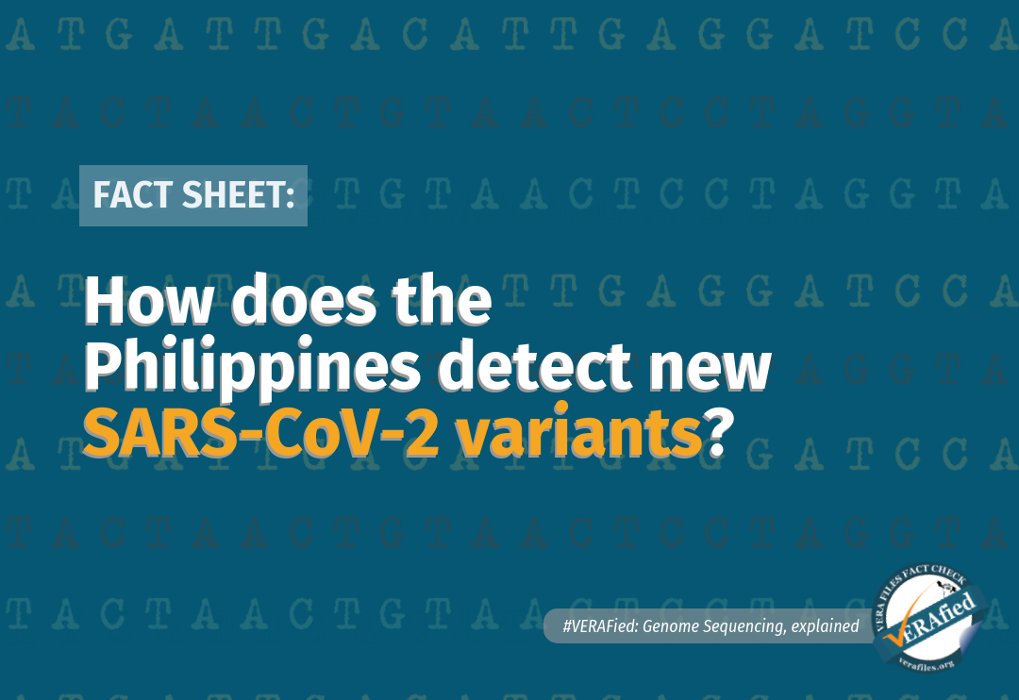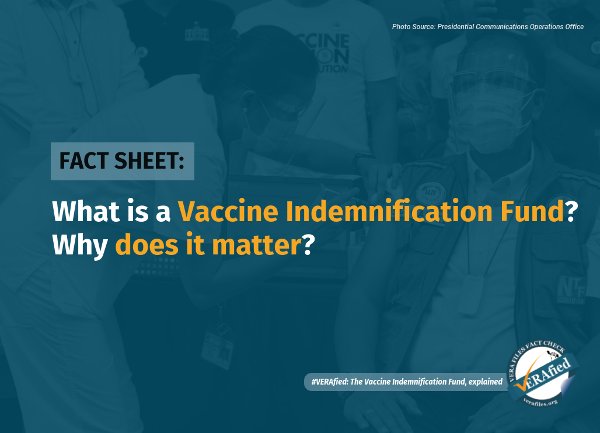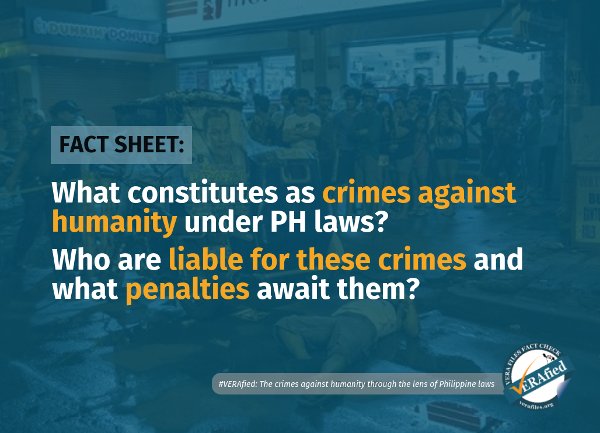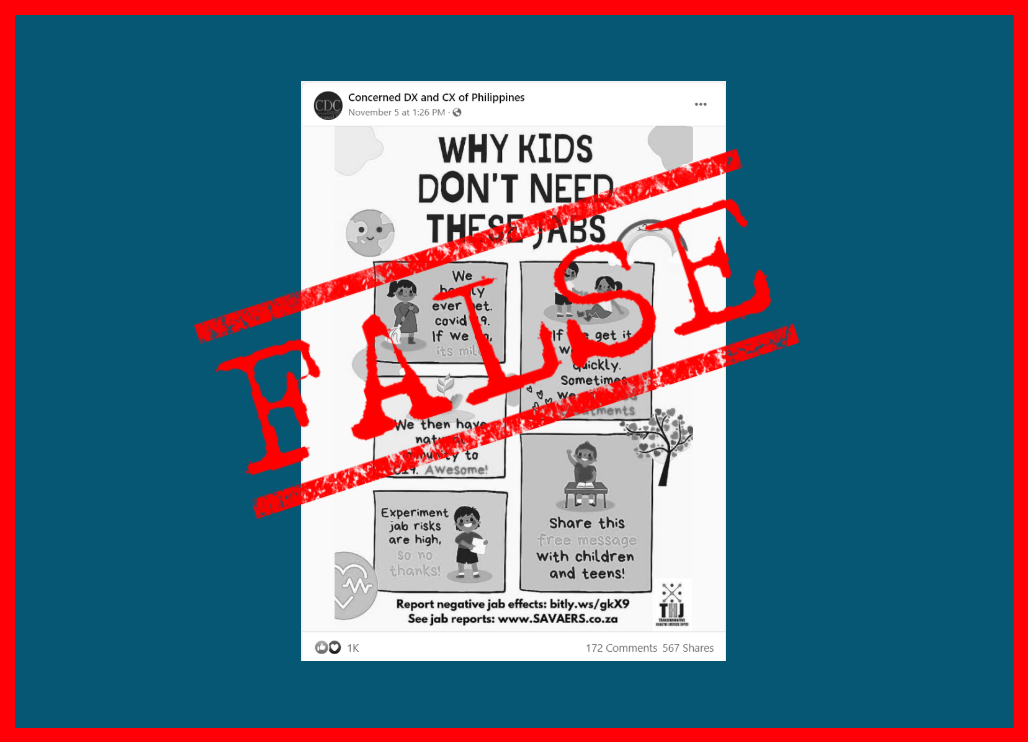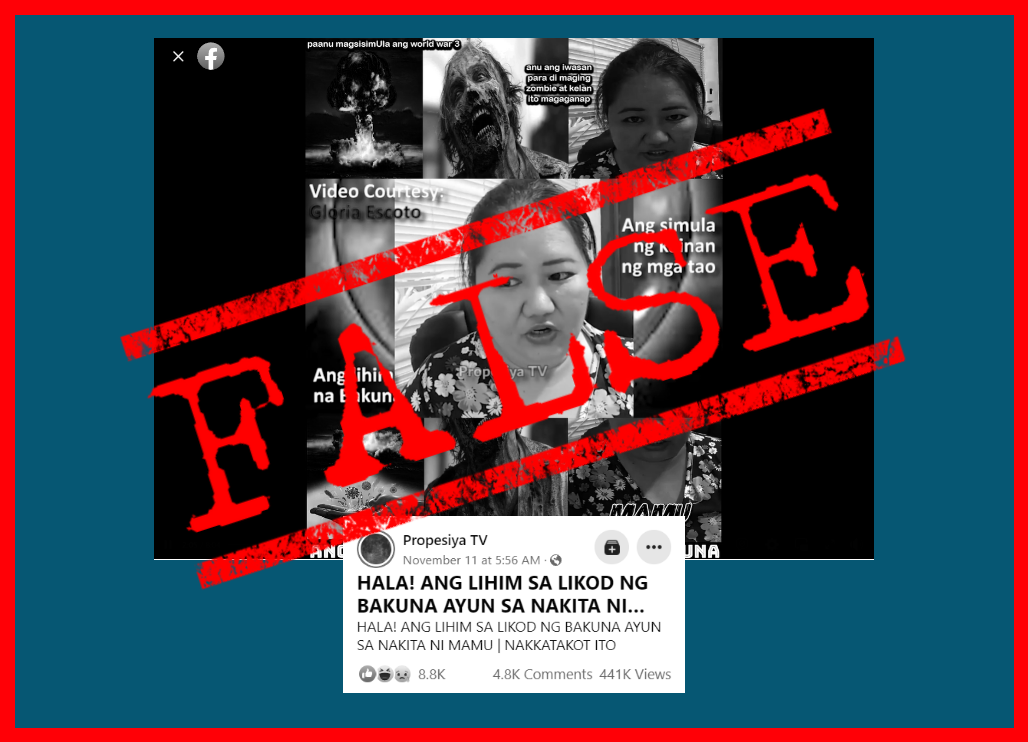The Philippines welcomed the second quarter of 2021 with record-high numbers of coronavirus disease 2019 (COVID-19) cases. Currently at over 864,000, a research group has predicted that the nationwide count for local coronavirus infections will reach one million by the end of the month.
Cynthia Saloma, executive director of the Philippine Genome Center (PGC) at the University of the Philippines (UP), said on April 6 that one factor for the surge may have been the emergence of variants of concern, reported to be “50% more transmissible” than earlier versions of the virus behind COVID-19.
Variants of concern are mutated versions of a virus observed to be more transmissible, increase disease severity, or negatively affect treatment and vaccines.
How exactly does the Philippines detect these new variants? Here are four things you need to know:
1. What is genome sequencing?
Variants are detected through a process called genome sequencing, which looks into the entire genetic makeup of an organism and compares it with other virus samples.
A genome is a set of genetic instructions found in a cell. Sequencing detects mutations or errors and “misspellings” in the genome’s spike protein, which is used by the virus to attach to human cells. (See: Mutations and misunderstandings: Are we now dealing with a supercharged COVID-19?)
At present, only the PGC does weekly genome sequencing, the center’s DNA Sequencing Core Facility head Benedict Maralit told VERA Files Fact Check in an email. The UP National Institutes of Health and the Research Institute for Tropical Medicine under the Department of Health are also tasked to perform the analysis.
“The sequencing program would like to get a general idea of the evolution and spread of SARS-CoV-2 in the Philippines to inform and guide public health policy,” he added.
To detect variants of SARS-CoV-2 (the virus causing COVID-19), the PGC uses a technology called Next Generation Sequencing, which analyzes hundreds to millions of DNA fragments across many samples, said Maralit, program leader of a SARS-CoV-2 genomic biosurveillance project funded by the Department of Science and Technology’s Philippine Council for Health Research and Development (DOST-PCHRD).
In this process, DNA and RNAーwhich make up genomesーare broken down into several pieces. After a specialized adapter is added to these fragments to differentiate them, they become part of a library that is analyzed in a sequencer.
Currently, PGC sequences 750 samples a week and it also has a smaller machine that can sequence 48 samples.
“We have to sequence deeply… kumbaga, ‘yung isang genome na ‘yan ise-sequence natin 2,000 times para makita natin ‘yung mga minute changes (as in, we have to sequence a genome 2,000 times so that we can see the minute changes),” PGC’s Saloma said in a media forum on Dec. 27, 2020.
2. What are the SARS-CoV-2 variants detected in the Philippines so far?
When a group of coronaviruses inherits the same set of distinctive mutations, it is considered a variant. Some mutations have “little or no impact on how a virus works,” according to experts from the Digital Health Lab of global nonprofit Meedan.
Others, however, may change how easily the virus spreads, impact how ill someone may become when infected, or reduce effectiveness of treatments and vaccines—in which case, it will be classified as a variant of interest, of concern, or of high consequence.
In the Philippines, the following variants of concern have been identified:
Saloma of the PGC said on April 6 that only 9.9% of over 4,000 samples tested since January carried these variants of concern.
“If the highly transmissible virus is not contained,” daily cases could reach 17,000 to 18,000 by mid-April, the OCTA Research Group has forecasted. The highest count so far of COVID-19 infections reported in a day is 15,310 cases on April 2.
3. How long does it usually take to sequence the variants?
The whole process of SARS-CoV-2 viral genome sequencing — particularly for a large sample set like 750 in a single sequencing run — is “very tedious,” according to PGC.
The process of isolating and extracting DNA and RNA from swab samples to the actual loading, generation of sequence data, and releasing useful information from it can take three to seven days, Maralit told VERA Files Fact Check.
“It (the whole genome sequencing) requires a specialized skill set and long training hours and a very experienced team of molecular biologists and laboratory personnel,” he added.
The PGC has three teams: Clinical Genomics with 20 members, Sequencing with 12, and Bioinformatics with 11.
Maralit added that there are many bottlenecks in the sequencing process, including the timely sendout of samples from regions.
Health Undersecretary Maria Rosario Vergeire said in a forum last month that these include Regions V (Bicol), VIII (Eastern Visayas), IX (Zamboanga Peninsula), and the Bangsamoro Administrative Region in Muslim Mindanao (BARMM), which face problems in transportation and lack of laboratories.
Maralit also said some regions do not have easy sources of dry ice, which is needed to prevent cross-contamination or degradation of samples.
As of April 11, the PGC has sequenced over 5,000 samples nationwide.
The Philippines has tested only 9% (or about 9.8 million) of its 110 million population.
4. How does genome sequencing affect the government’s pandemic response?
In a report on genomic sequencing of SARS-CoV-2, the World Health Organization said virus genome sequences can be used “to investigate the outbreak dynamics.”
By looking at changes in the size of the epidemic over time, its spread in a given time and space, and its transmission routes, national and local authorities can “better understand SARS-CoV-2 transmission and monitor for the emergence of variants,” the report said.
The Philippines began to “strengthen and widen” its genome sequencing capacity towards the start of January, Vergeire told reporters on March 11.
British Prime Minister Boris Johnson announced the detection of the B.1.1.7 variant on Dec. 19, 2020.
Maralit said the PGC aims to “provide information that will support policies” such as determining which places need enhanced protocols for recommendation to local governments for localized lockdowns and other similar transmission management strategies.
The national government has recently downgraded the enhanced community quarantine (ECQ) imposed in the National Capital Region (NCR) Plus — which consists of Metro Manila, Bulacan, Cavite, Laguna, and Rizal — from March 29 to April 11 in response to the surge in COVID-19 cases, to a modified ECQ starting April 12 until the end of the month.
Sources
Department of Health, COVID-19 Tracker
OCTA Research Group: Philippines could reach 1 million COVID-19 cases by end-April
- PhilStar.com, 1 million COVID-19 cases seen by end-April, April 6, 2021
- Rappler, Octa Research: PH may hit 1 million COVID-19 cases by end-April, April 5, 2021
- ABS-CBN News, Philippines’ total COVID-19 cases may reach 1 million by end-April: OCTA, April 5, 2021
Presidential Communications Operations Office, #LagingHanda Public Briefing, April 6, 2021
Whole Genome Sequencing:
- U.S. National Institutes of Health National Human Genome Research Institute, Talking Glossary of Genetic Terms
- U.S. National Institutes of Health National Cancer Institute, Definition of genomic sequencing – NCI Dictionary of Cancer Terms
- University of the Philippines System, Webinar 41 – Dr. Eva Maria Cutiongco-de la Paz_presenter (February 19, 2021).pdf, Feb. 19, 2021
- Illumina, Understanding the NGS Workflow
- Illumina, Targeted Next-Generation Sequencing versus qPCR and Sanger sequencing
- British Medical Journal Archives of Disease in Childhood: Education and Practice Edition, What is next generation sequencing?, Aug. 28, 2013
Mutations of Concern Infographic:
- The New York Times, Coronavirus Variant Tracker
- Philippine Genome Center, PGC SARS-CoV-2 Bulletin No.1: Philippine Genome Center Reports Detection of the D614G Variant of SARS-CoV-2 Virus in the Philippines – Philippine Genome Center, Aug. 13, 2020
- GISAID, CoVariants
- medRXiv, Bamlanivimab does not neutralize two SARS-CoV-2 variants carrying E484K in vitro, Feb. 26, 2021
- Outbreak.info
- British Medical Journal, Covid-19: The E484K mutation and the risks it poses, Feb. 5, 2021
- The Scientist, A Guide to Emerging SARS-CoV-2 Variants, Jan. 26, 2021
- bioRXiv, The N501Y and K417N mutations in the spike protein of SARS-CoV-2 alter the interactions with both hACE2 and human derived antibody: A Free energy of perturbation study, Dec. 31, 2020
- BBC News, This is how new Covid-19 variants are changing the pandemic, Jan. 28, 2021
- bioRXiv, Recurrent deletions in the SARS-CoV-2 spike glycoprotein drive antibody escape, Jan. 19, 2021
- Johns Hopkins Bloomberg School of Public Health, Recurrent emergence and transmission of a SARS-CoV-2 Spike deletion ΔH69/V70 | NCRC, Dec. 21, 2020
Variants of Concern:
- U.S. Centers for Disease Control and Prevention, Science Brief: Emerging SARS-CoV-2 Variants, Jan. 28, 2021
- U.S. Centers for Disease Control and Prevention, SARS-CoV-2 Variants of Concern, March 24, 2021
- John Hopkins Medicine, New Variants of Coronavirus: What You Should Know
- World Health Organization, SARS-CoV-2 Variants who.int, Dec. 31, 2020
B.1.1.7:
- NERVTAG, NERVTAG note on B.1.1.7 severity, Jan. 21, 2021
- Nature, Increased mortality in community-tested cases of SARS-CoV-2 lineage B.1.1.7, March 15, 2021
B.1.351:
- Nature, Rare COVID reactions might hold key to variant-proof vaccines news, March 19, 2021
- The New England Journal of Medicine, Efficacy of the ChAdOx1 nCoV-19 Covid-19 Vaccine against the B.1.351 Variant, March 16, 2021
- bioRXiv, Neutralization of N501Y mutant SARS-CoV-2 by BNT162b2 vaccine-elicited sera, Jan. 7, 2021
- bioRXiv, SARS-CoV-2 501Y.V2 (B.1.351) elicits cross-reactive neutralizing antibodies, March 11, 2021
P.1:
- medRXiv, Genomics and epidemiology of a novel SARS-CoV-2 lineage in Manaus, Brazil, March 3, 2021
- Meedan Digital Health Lab, What do we know so far about the variants of COVID-19 first identified in Brazil?, March 24, 2021
P.3:
- Philippine Genome Center, PGC SARS-CoV-2 Bulletin No. 7: P.3, a new SARS-CoV-2 variant lineage for viruses with spike mutations E484K, N501Y, P681H and LGV 141-143 deletion first detected in the Central Visayas Region, March 13, 2021
- Department of Science and Technology – Philippine Council for Health Research and Development, What you should know about the P.3 variant detected in PH, March 30, 2021
- Department of Health, Beat COVID-19 Media Forum, April 7, 2021
Department of Health, DOH Presser: New SARS-CoV-2 variant, Dec. 27, 2020
Department of Health, Beat COVID-19 Media Forum, Feb. 19, 2021
Department of Health, Beat COVID-19 Media Forum, March 12, 2021
Department of Health, Media Solusyon Forum, March 17, 2021
Department of Health, Beat COVID-19 Media Forum, March 24, 2021
People’s Television Network, #LagingHanda Public Briefing, March 10, 2021
Department of Health, PH Genome Center Biosurveillance Report Batch 12-14, April 11, 2021
Inter-Agency Task Force on Emerging Infectious Diseases, Resolution No. 92, Jan. 5, 2021
World Health Organization, Genomic sequencing of SARS-CoV-2: a guide to implementation for maximum impact on public health, 8 January 2021, Jan. 8, 2021
Presidential Communications Operations Office, NCR Plus placed under MECQ until end of April, April 11, 2021
Presidential Communications Operations Office, Memorandum from the Executive Secretary: Imposition of Enhanced Community Quarantine (ECQ) in Bulacan, Cavite, Laguna, Rizal, and the National Capital Region, March 27, 2021
Presidential Communications Operations Office, NCR Plus remains ECQ for one week, April 3, 2021
(Guided by the code of principles of the International Fact-Checking Network at Poynter, VERA Files tracks the false claims, flip-flops, misleading statements of public officials and figures, and debunks them with factual evidence. Find out more about this initiative and our methodology.)
